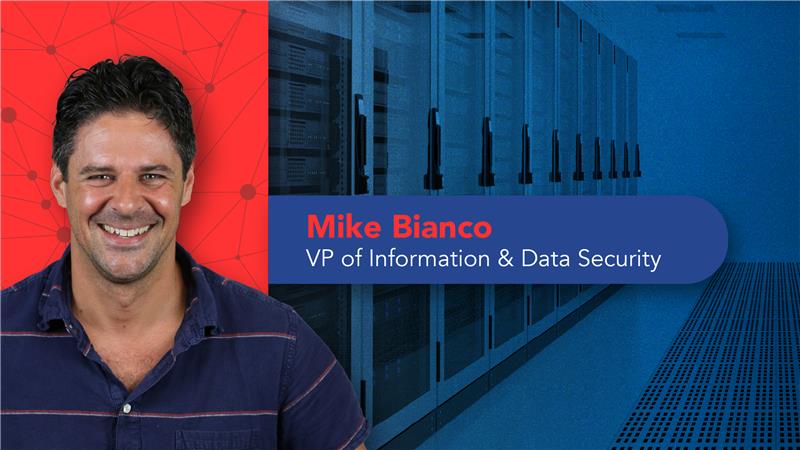
This article originally appeared at THE Journal.
While there’s still no crystal ball able to accurately predict what even the near future might look like, many schools are preparing to cover multiple bases in the fall.
Choice has a way of making planning more complicated, but more choices and options are also better for families. School leaders have been listening to feedback all year (at various volumes and intensities), and it’s making an impact. A survey of over 375 school leaders taking part in a RAND research panel reported about 20% of their schools will offer a virtual option in 2021-22.
What are the main considerations for setting up virtual school?
Third-party or in-district?
It’s often more cost effective to keep virtual schools within the district, rather than defaulting to families choosing a third-party option when the accommodation they request is unavailable. Your student information system should be equipped to handle multiple school sites, and a virtual school is no different. Rather than an additional physical building, a virtual option can be added as its own site.This is effective for many reasons. It keeps the planning and FTE separate from brick-and-mortar counterparts. It allows for students to move within sites, but to maintain a home site, rather than trying to mark which virtual students are “attending” a brick-and-mortar school remotely. Grades, reporting, and other data flows up to the district level as usual, but it’s easy to see which site is virtual and which is in-person.
Parent opt-in and equity
Just like setting up a brick-and-mortar school, population is going to guide the budget allocated for virtual school staffing. The interest level in virtual school can vary depending on where schools are located, community spread, and other high-level considerations. It also depends on demographics like race and income level. Families of color and low-income families were more likely to choose remote learning during the 2020-21 school year.This trend worries some superintendents as preliminary survey results confirm the same groups of families are pursuing virtual options for the upcoming school year. When demographics skew heavily, equity questions loom. Will virtual schools, with all the challenges of online work, widen an already worrisome gap of achievement? The hope is that by making virtual school a fully functioning part of the district system, equity issues can be nipped in the bud.
On a similar note: virtual options have allowed certain types of students to thrive. These students might include those who struggle to focus in a normal classroom setting, those who have faced significant social hardship including bullying, and those who have chronic health problems. These students may feel virtual school has finally allowed them to become engaged in school the way their peers are.
Thoughtfully planned virtual school has the potential to be very different from emergency response virtual school. In preparation, districts are simply sticking to the same modus operandi they show to brick-and-mortar schools: what’s best for students, what’s possible in our budget, and what will result in the healthiest outcomes.
Follow-up resource: Position control & traveling staff
Do staff members visit multiple locations in your district? It can be tricky to manage payroll and other business functions. Learn the ropes in Position Control and Traveling Staff.WHAT'S NEXT FOR YOUR EDTECH? The right combo of tools & support retains staff and serves students better. We'd love to help. Visit skyward.com/get-started to learn more.

|
Erin Werra Blogger, Researcher, and Edvocate |
Erin Werra is a content writer and strategist at Skyward’s Advancing K12 blog. Her writing about K12 edtech, data, security, social-emotional learning, and leadership has appeared in THE Journal, District Administration, eSchool News, and more. She enjoys puzzling over details to make K12 edtech info accessible for all. Outside of edtech, she’s waxing poetic about motherhood, personality traits, and self-growth.




